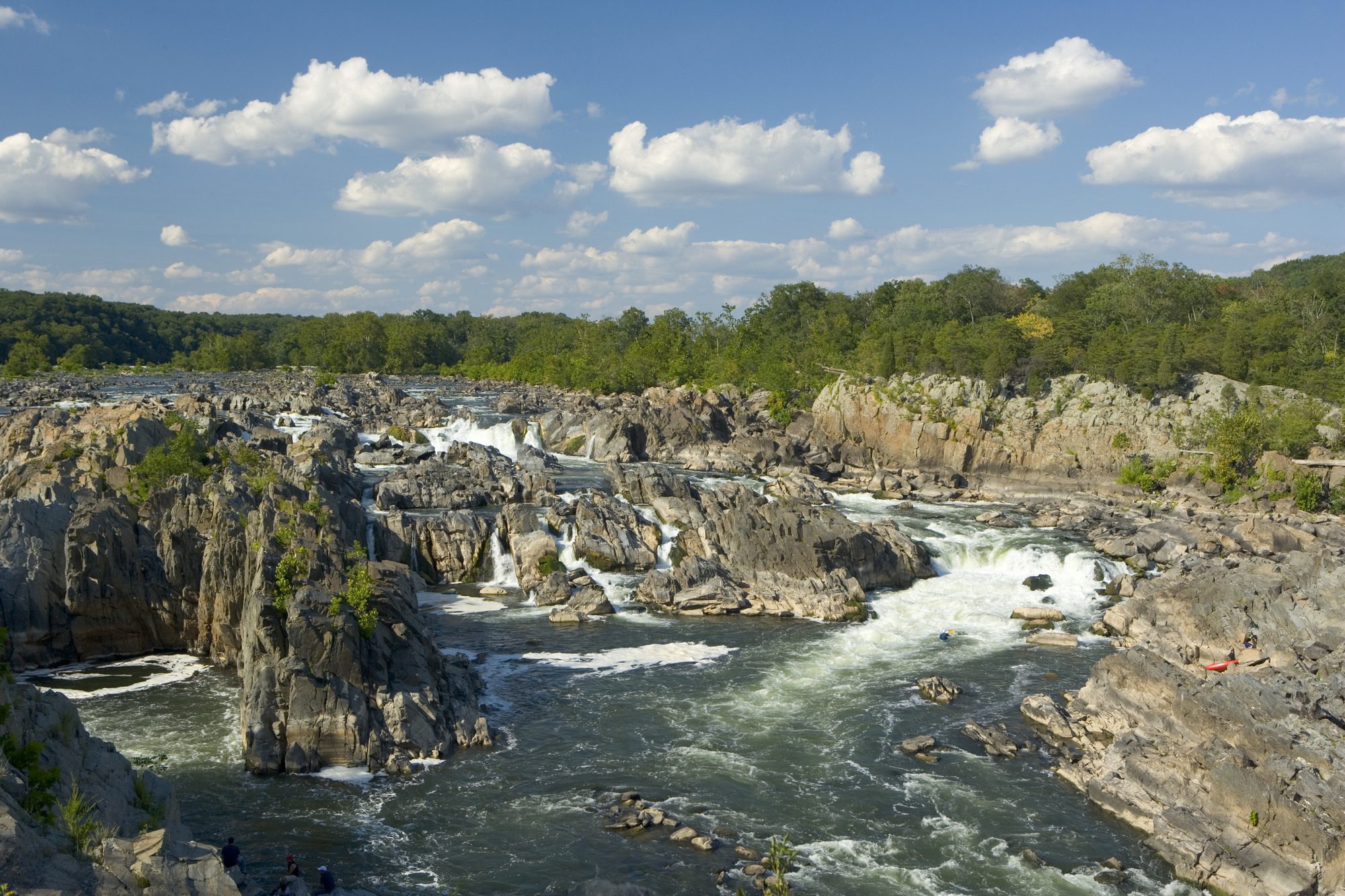The dividing line between the Old South and the Northeast lies in a small and distinct portion of America. Hugging tightly around the shores of the Chesapeake Bay, where rivers converge, disperse and feed into the mighty Atlantic Ocean, this “mid-Atlantic” region lies in the path of northern destinations like Washington D.C. or New York, or to the south to Nashville or Atlanta.
But just to the south of the nation’s capital, is the beating heart of the mid-Atlantic, the great state of Maryland.
When the state of Maryland is mentioned, some might have visions of crisp white naval uniforms walking the streets of Annapolis or perhaps a hot, fresh crab roll on an ocean pier.
While others might think of Cal Ripken trotting the entirety of Camden Yards to rapturous applause.
The state of Maryland has much to offer in addition to its picturesque city backdrops and local delicacies.
Long a vitally important region due to its geographic position on the Chesapeake, the history of Maryland is a storied one.
From the first Indigenous tribes to make their homes along the Chesapeake, to the arrival of the first settlers in the 17th century, to its role in the American Revolution and the Civil War, Maryland has been a central character in the story of America as evidenced in its local nickname “Little America.”
Thankfully, for those wishing to learn a little more about the history of the “Old Line State,” that history is preserved in Maryland’s contribution to the U.S. National Parks system.
Below are a few must-visits when traveling through the mid-Atlantic:
Chesapeake Bay: This is where the story begins. The Chesapeake Bay is the largest estuary in North America. In this place, the inland freshwaters mingle with the salt waters from the Atlantic and form an incredible and diverse natural ecosystem. The 64,000-square-mile watershed is packed with things to see, learn and do. Learn more about the Bay and how its geographical position helped shape Indigenous life, early colonial life, and how it shapes the U.S. Atlantic region to this day. After that, jump in your kayak, go crab-picking, visit a beautiful old lighthouse, go for a drive, spread out a blanket along the shores, and take in the majesty of the Chesapeake in all its glory at this must-see national park.
Fort McHenry National Monument And Historic Shrine: A piece of history that is as American as apple pie was born right here at the national monument of Fort McHenry in Baltimore. As the cannons roared and soldiers fell during the long days and nights of the heroic defense of the fort from the British attack on September 13-14, 1814, all surely seemed lost. Standing aboard an American ship in the harbor, witnessing the over 25-hour bombardment, was a prominent Maryland lawyer Francis Scott Key. Key, recalling the giant American flag still flying high in the early morning hours after the British retreat, sat down and wrote four stanzas of a song he aptly titled “The Defense Of Fort M’Henry,” which later became known as “The Star-Spangled Banner.”
Harriet Tubman Underground Railroad National Historic Park: Few chapters in American history shine as brightly in the darkest of times as the story of Harriet Tubman and the Underground Railroad. Tubman’s story is as heroic as it is nearly unbelievable. Born into slavery, she later escaped and was instrumental in freeing upwards of 70 black men, women, and children from slavery during the years leading up to and during the Civil War. Hers is a story of courage and resilience in the face of hatred and hopelessness, and this national historic site preserves her legacy for future generations. Learn more about this great woman and the people she inspired. Check out the Harriet Tubman Museum and the nearby John Smith Chesapeake Historic Trail, or take in a little nature at the Blackwater National Wildlife Refuge.





